Aluminum Material Characteristics
Aluminum plays a pivotal role in industrial manufacturing due to its exceptional properties, making it a fundamental material across diverse sectors. Its lightweight nature combined with substantial strength makes it indispensable in industries such as aerospace, automotive, and construction. Known for its superior conductivity and thermal characteristics, aluminum is also crucial in electrical applications and heat exchange systems. Additionally, its excellent formability allows for easy fabrication into various shapes and forms, enhancing its utility in everything from consumer electronics to large-scale infrastructure projects.
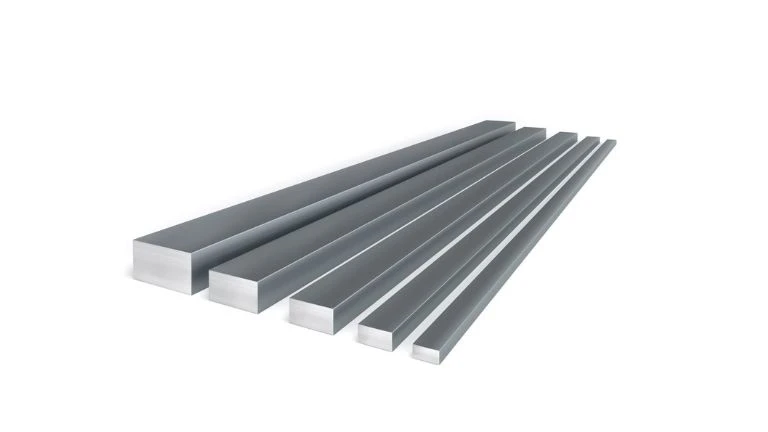
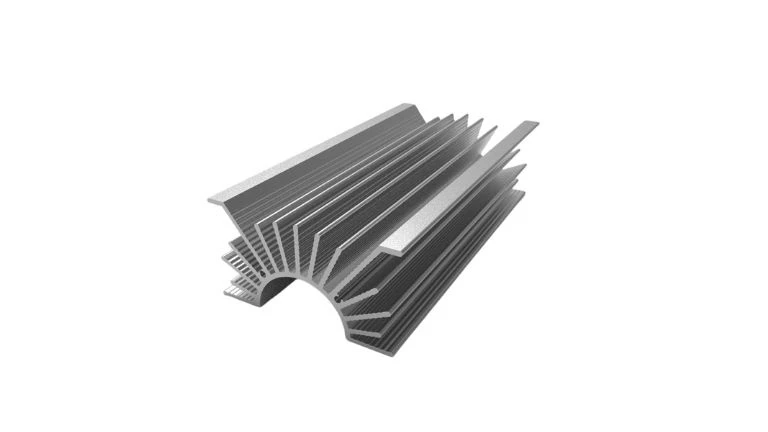
Origin of Aluminum
Aluminum is not only the most abundant metal but also the third most common element in the Earth’s crust, making up about 8% of its total mass. The journey to harness this plentiful resource begins with the mining of bauxite ore, which is the primary source of aluminum. This ore undergoes the Bayer process, where it is refined into alumina, or aluminum oxide, by crushing the bauxite and treating it with lime and sodium hydroxide. The extracted alumina is then subjected to the Hall-Héroult process, where it is dissolved in molten cryolite and electrically reduced to pure aluminum metal. This aluminum is subsequently cast into forms such as ingots and billets, ready for further processing through industrial methods like extrusion, rolling, and forging. Despite its abundance, the process of converting aluminum from ore to a usable form is energy-intensive, but it ensures a steady supply of this versatile metal for numerous industrial applications.

Density of Aluminum
One of the standout characteristics of aluminum is its low density, approximately 2.7 g/cm³, making it significantly lighter than many commonly used metals such as steel, which has a density around 7.8 g/cm³. This low density is a key advantage that bolsters aluminum’s appeal in industries where weight reduction is crucial.
In the aerospace industry, the lightweight nature of aluminum translates into better fuel efficiency and increased payload capacity for aircraft. Similarly, in the automotive sector, aluminum helps in reducing vehicle weight, which enhances fuel efficiency and handling. In the construction industry, aluminum’s strength and light weight allow for innovative building designs, including features like window frames and curtain walls, which meet both aesthetic and structural demands. Across these sectors, aluminum’s low density provides essential benefits, making it a preferred material for a variety of applications.
Aluminum Alloy Mechanical Properties
Aluminum is inherently lightweight and corrosion-resistant, but its mechanical properties can be significantly enhanced through alloying. This involves adding other elements to pure aluminum, creating alloys with tailored characteristics for specific applications. This versatility makes aluminum alloys essential across various industries such as aerospace, automotive, and construction.
| Alloys | Si | Fe | Cu | Mn | Mg | Cr | Zn | Ti |
|---|---|---|---|---|---|---|---|---|
| 6061 | 0.4-0.8% | 0.70% | 0.15-0.40% | 0.15% | 0.8-1.2% | 0.04-0.35% | 0.15% | 0.25% |
| 6063 | 0.20-0.60% | 0.35% | 0.10% | 0.10% | 0.45-0.90% | 0.10% | 0.10% | 0.10% |
| 7075 | 0.40% | 0.50% | 1.2-2.0% | 0.30% | 2.1-2.9% | 0.18-0.28% | 5.1-6.1% | 0.20% |
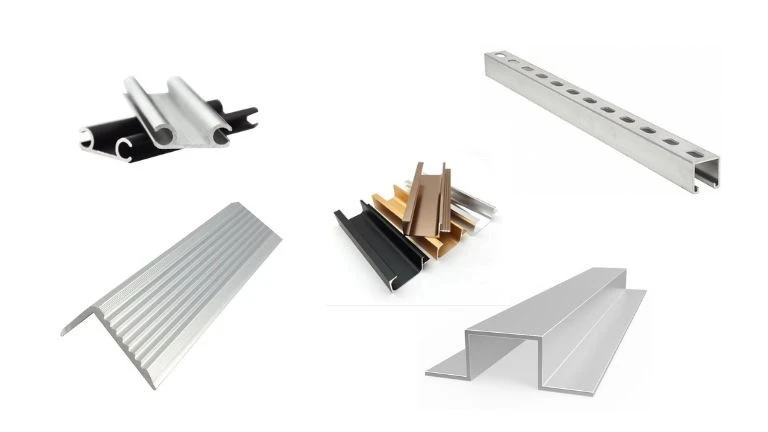
Copper (Cu): Increases strength and hardness. Alloys like the 2000 series, which contain copper, are used in aerospace for their high strength-to-weight ratio, despite their lower corrosion resistance which can be improved with surface treatments.
Magnesium (Mg): Enhances strength, workability, and corrosion resistance. The 5000 series alloys, rich in magnesium, are ideal for marine applications like shipbuilding due to their excellent corrosion resistance in saltwater environments.
Silicon (Si): Used mainly in the 6000 series alloys along with magnesium, silicon improves strength and formability, making these alloys suitable for structural applications and reducing their melting point, beneficial for casting processes.
Zinc (Zn): Crucial for the 7000 series alloys, when combined with magnesium, zinc significantly boosts strength. These alloys are favored for highly stressed parts in aerospace and defense industries.
Manganese (Mn): Enhances strength and corrosion resistance without compromising ductility. Common in the 3000 series alloys, manganese makes these suitable for chemical equipment and tanks due to improved corrosion resistance.
Heat Treatment
Heat treatment is a pivotal process in altering the mechanical properties of aluminum alloys. This method involves heating the alloy, rapidly cooling it, and then reheating it at a lower temperature, a process known as precipitation hardening. This treatment significantly bolsters the strength and durability of aluminum, making it more resilient and better suited for high-performance applications.
The enhanced properties gained from heat treatment are particularly valuable in sectors such as aerospace and automotive. For instance, the T6 heat treatment state, which includes solution heat treating followed by quenching and artificial aging, is extensively used in aerospace for parts that need to endure extreme pressures and temperatures, such as aircraft fuselages. This state ensures optimal strength and performance, crucial for safety and efficiency in flight environments.
Similarly, in the automotive industry, the T6 state is favored for manufacturing critical vehicle components like chassis elements, where high strength and reduced weight are essential. This contributes to more robust and efficient vehicles, enhancing overall performance and longevity.
On the other hand, the T5 heat treatment state, which involves cooling the extruded aluminum from an elevated temperature and then artificially aging it, is commonly applied in less demanding contexts such as the manufacturing of architectural elements like window frames and door frames, where moderate strength and good corrosion resistance are sufficient.
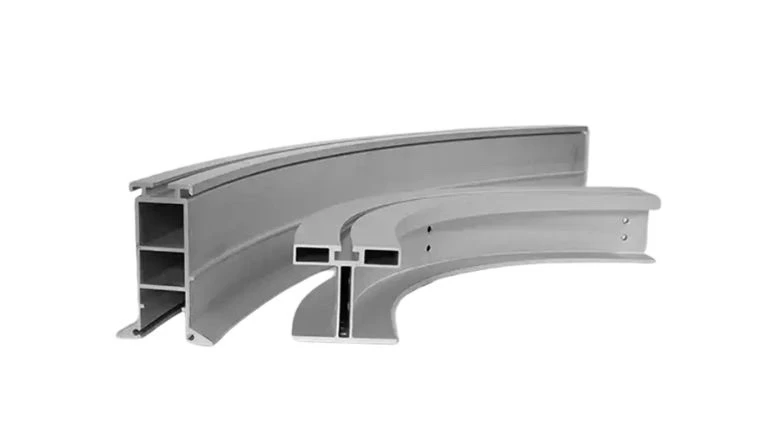
Anodizing for Corrosion Resistance
Anodizing is an electrochemical technique that significantly enhances the corrosion resistance of aluminum. This process thickens aluminum’s natural oxide layer, creating a harder, more durable surface. The principle behind anodizing involves immersing the aluminum in an electrolytic solution and passing an electric current through it, which causes the surface of the aluminum to oxidize more substantially than it would naturally.
This fortified oxide layer is not only tougher and more resistant to corrosion but also porous, allowing for the application of dyes or adhesives which can improve the aesthetic appeal of the aluminum. For instance, black anodizing incorporates organic or inorganic dyes during the oxidation process to achieve a deep, rich black finish that is both visually appealing and highly durable. Anodizing is particularly beneficial for aluminum products that are exposed to severe environmental conditions, such as marine hardware, outdoor furniture, and architectural components. By enhancing the aluminum’s ability to resist environmental degradation, anodizing extends the material’s lifespan and maintains its appearance over time, making it an ideal treatment for both functional and decorative applications.
Electrical Conductivity of Aluminum
Aluminum is highly valued in engineering for its excellent electrical conductivity, making it a top choice for electrical applications next to copper. It offers about 61% of copper’s conductivity by volume but with a superior conductivity-to-weight ratio. This advantage is crucial in power transmission, where aluminum’s lighter weight allows for longer spans between towers, reducing both infrastructure costs and structural load.
Despite some challenges such as higher resistance and susceptibility to corrosion compared to copper, these can be managed through alloying and protective treatments, ensuring aluminum’s effectiveness in various electrical applications.
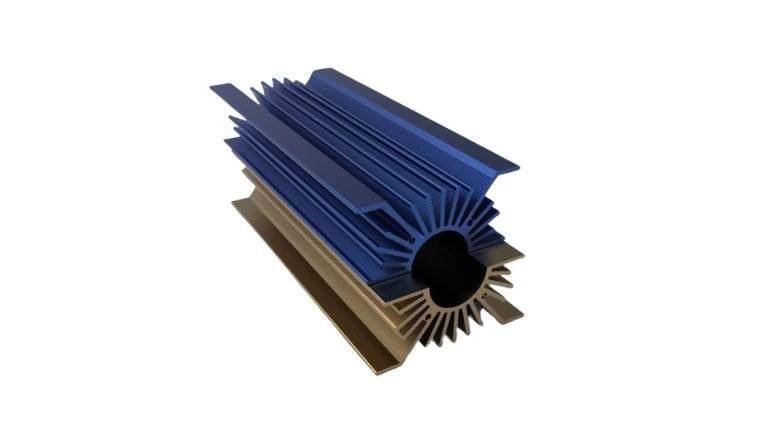
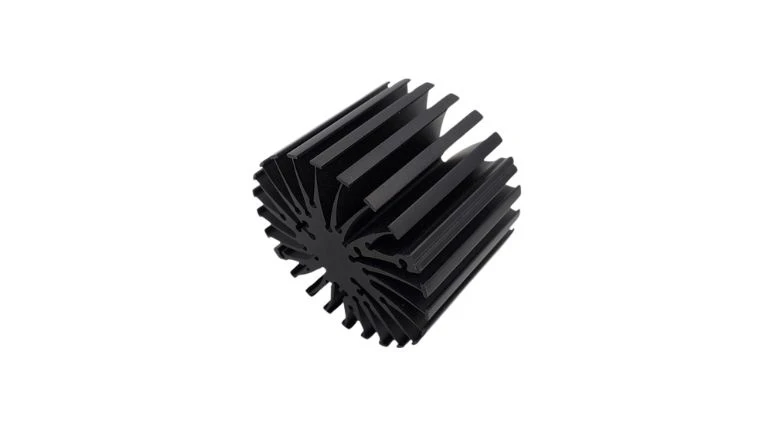
Thermal Conductivity of Aluminum
Aluminum is highly regarded for its outstanding thermal conductivity, typically around 235 watts per meter Kelvin (W/mK), which makes it an essential material in applications that require efficient heat dissipation. This property is particularly valuable in the electronics industry, where aluminum is utilized in the construction of heat sinks and enclosures within various devices such as computers, LED lights, and telecommunication equipment. The metal’s capability to rapidly transfer heat aids in preventing overheating, thereby boosting the performance and extending the lifespan of electronic components.
Furthermore, aluminum’s excellent thermal conductivity is also exploited in the automotive industry, especially in the production of engine components and radiator cores. Here, efficient heat exchange is critical for maintaining optimal vehicle performance and reliability. The use of aluminum in these applications not only enhances heat dissipation but also contributes to lighter vehicle weights, which can lead to improved fuel efficiency and reduced emissions.
Machinability of Aluminum
Aluminum’s machinability is a pivotal characteristic that significantly enhances its applicability across various industries. This property refers to the ease with which a material can be cut, shaped, or formed into a final product using machine tools. Aluminum is highly regarded for its excellent machinability, which not only facilitates efficient manufacturing processes but also reduces wear and tear on machinery, thereby lowering production costs.
The softness and ductility of aluminum are key factors that contribute to its good machinability. These properties allow it to be easily machined at high speeds with minimal effort, making it an ideal choice for complex and detailed fabrications. Aluminum can be efficiently processed through various techniques such as milling, turning, drilling, and tapping, which are essential for creating precision components in industries like aerospace, automotive, and construction.
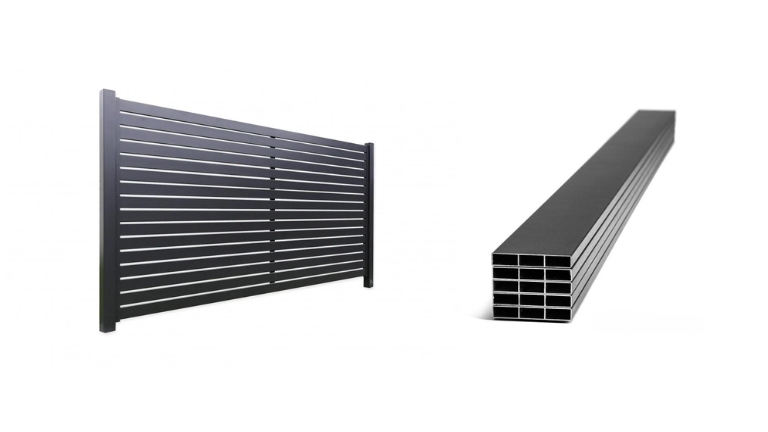
Extrusion and Die Casting of Aluminum
Aluminum is a versatile metal that can be processed through various methods, each enhancing its properties and suitability for different applications. Among these, extrusion and die casting stand out as particularly effective in exploiting aluminum’s unique characteristics, such as its malleability and low melting point. These methods allow for the production of complex shapes and high-strength components used in a wide range of industries.
Aluminum Extrusion
Die casting involves injecting molten aluminum into a mold (or ‘die’) under high pressure. This method is well-suited for producing high volumes of complex parts with excellent surface finish and dimensional consistency. The process begins with the melting of aluminum, which is then injected into the die cavity where it solidifies rapidly. The die is then opened to eject the casting.
Aluminum Die Casting
This process involves forcing heated aluminum billets through a die, which has the shape of the desired cross-section. The aluminum flows through the die under high pressure, emerging on the other side as an elongated piece with the specific profile. This process can be conducted in hot or cold conditions, though hot extrusion is more common for aluminum due to its superior ductility.
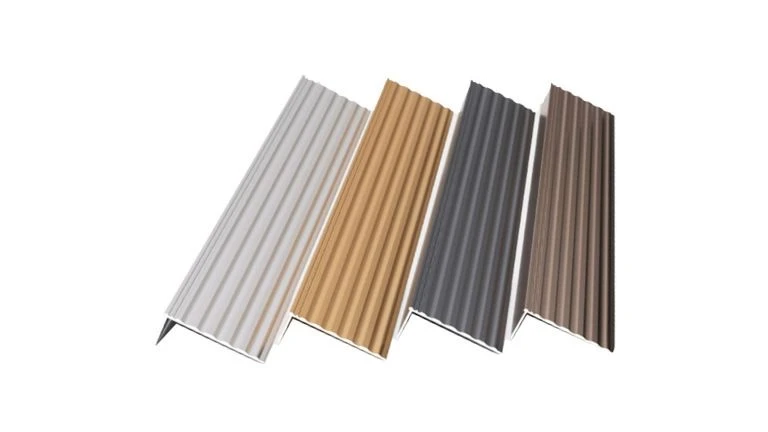
Aesthetic Appeal of Aluminum
Aluminum is not only practical but also visually appealing, making it a popular choice in design and architecture. Its natural shine and ability to be finished in various ways enhance its attractiveness.
Versatile Finishes: Aluminum can be anodized, painted, or powder-coated, offering a range of colors and textures. Anodizing gives a durable and colorful finish, while powder coating provides a strong, weather-resistant surface ideal for outdoor use.
Modern Look: Aluminum’s sleek, modern appearance is perfect for contemporary design. It is commonly used in windows, doors, and facade panels, providing a clean, minimalist look that maximizes natural light.
Reflective Qualities: The reflective nature of aluminum can brighten spaces and is often used in decorative fixtures and lighting components.
Aluminum Recycling
Aluminum recycling is crucial for environmental sustainability and economic efficiency, allowing the metal to be reused indefinitely without losing quality. This process is highly energy-efficient, using only about 5% of the energy required to produce new aluminum from bauxite, which significantly reduces greenhouse gas emissions. Additionally, it minimizes the environmental issues associated with bauxite mining, such as land degradation and water pollution, while providing a cost-effective material source for manufacturers and boosting economic activity in the recycling sector.
